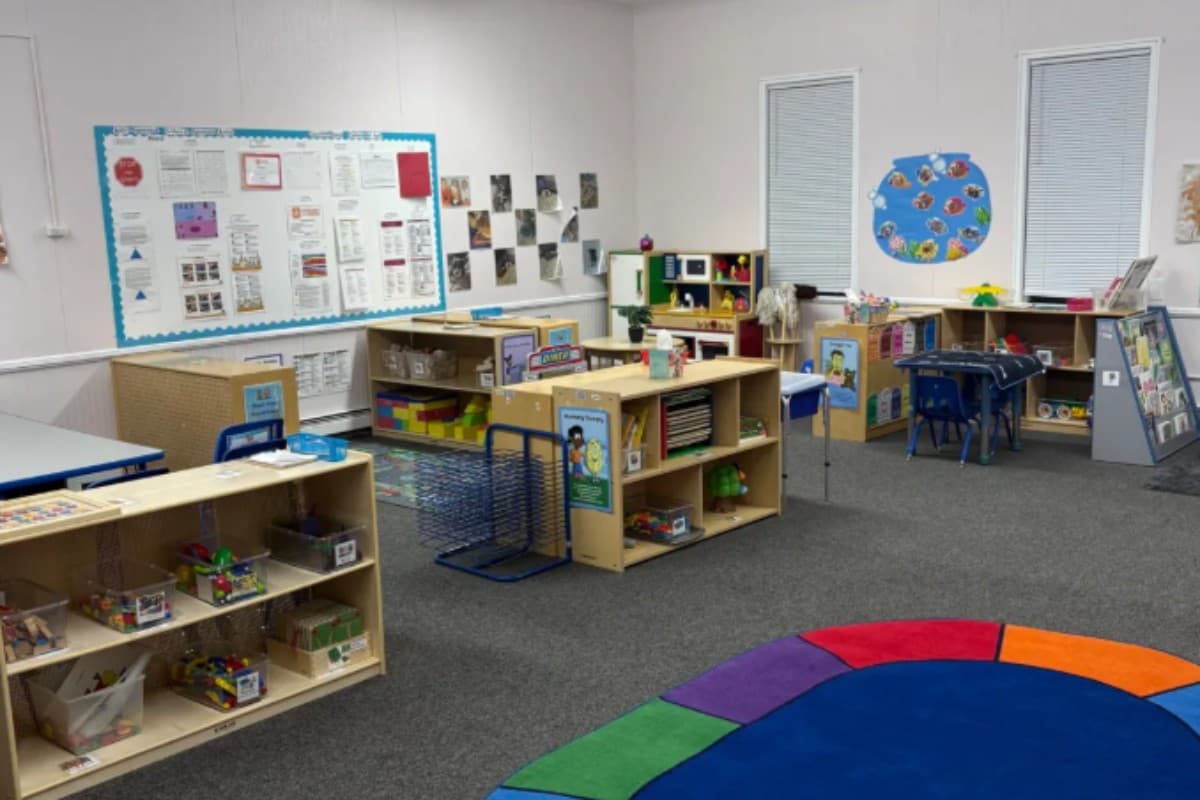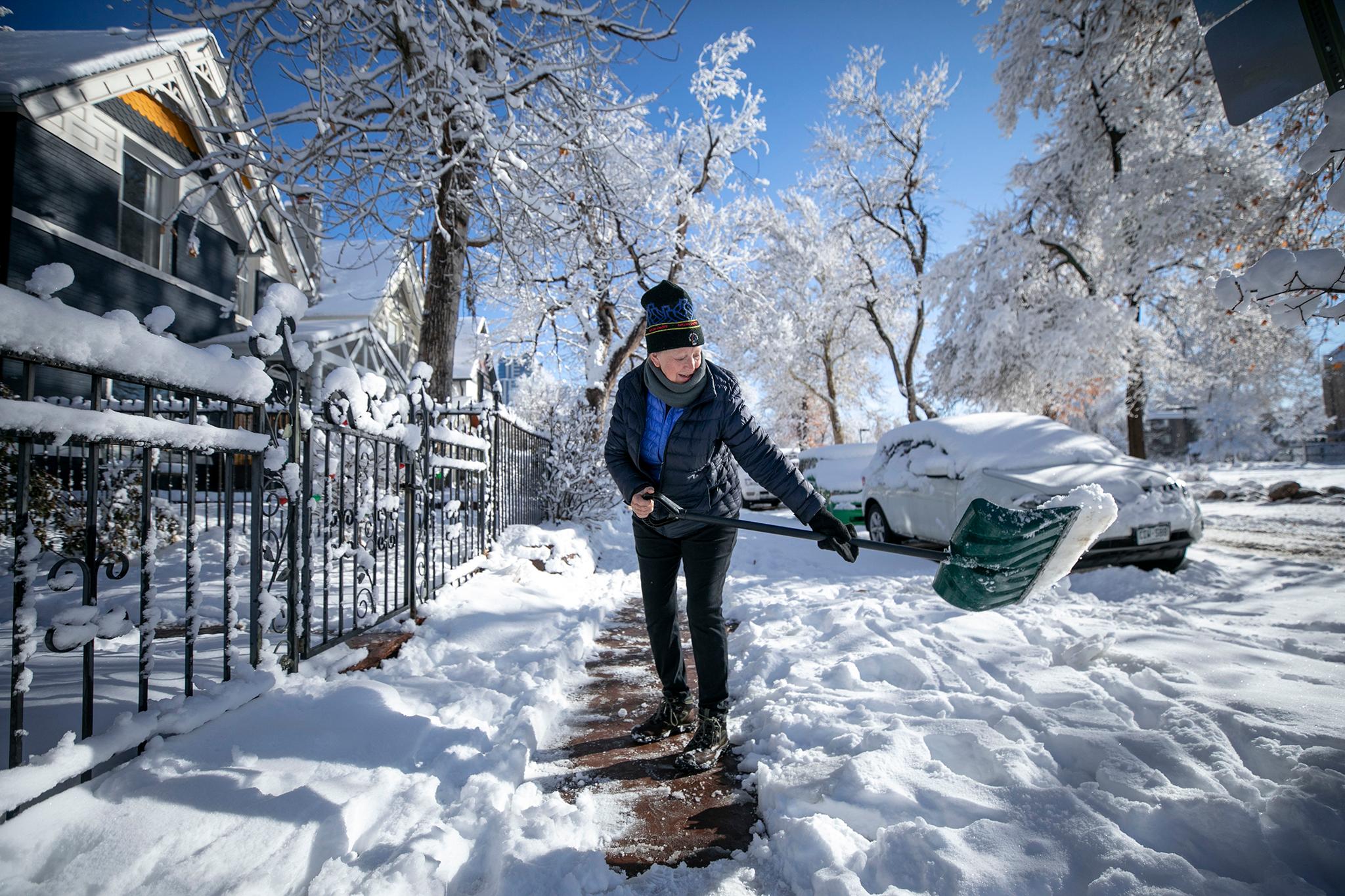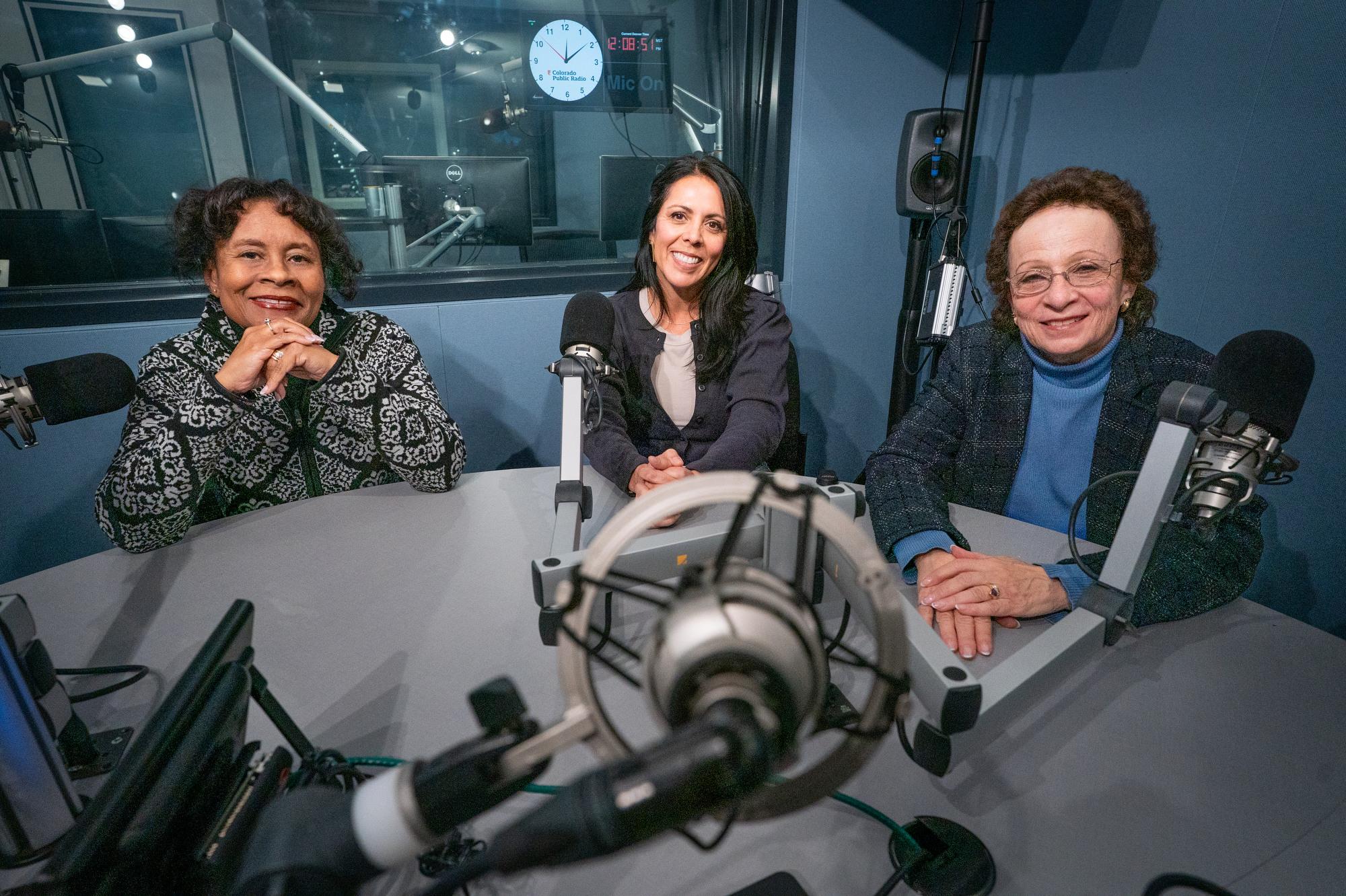
In some ways, it's like the earthquake that devastated Haiti eight years ago happened just yesterday. Wynn Walent, who leads the Colorado Haiti Project, says there are people still in temporary housing, looking for work or struggling to get clean water. That's despite $13 billion in aid that poured into the country. Walent has gone to Haiti regularly since the quake hit in January 2010, and says he has found a model for rebuilding more quickly.

The Colorado Haiti Project helps run a school, a women's empowerment program, a seed bank and more. Three Episcopal priests -- one in Haiti -- started the organization 28 years ago.

says the group's partnership with Haitians and locally led organizations makes it successful and distinguishes it from most of the recovery and rebuilding efforts after the earthquake. Investigations by NPR and others have found a lot of the money was misspent on pricey international contractors, instead of going to Haitians themselves.










